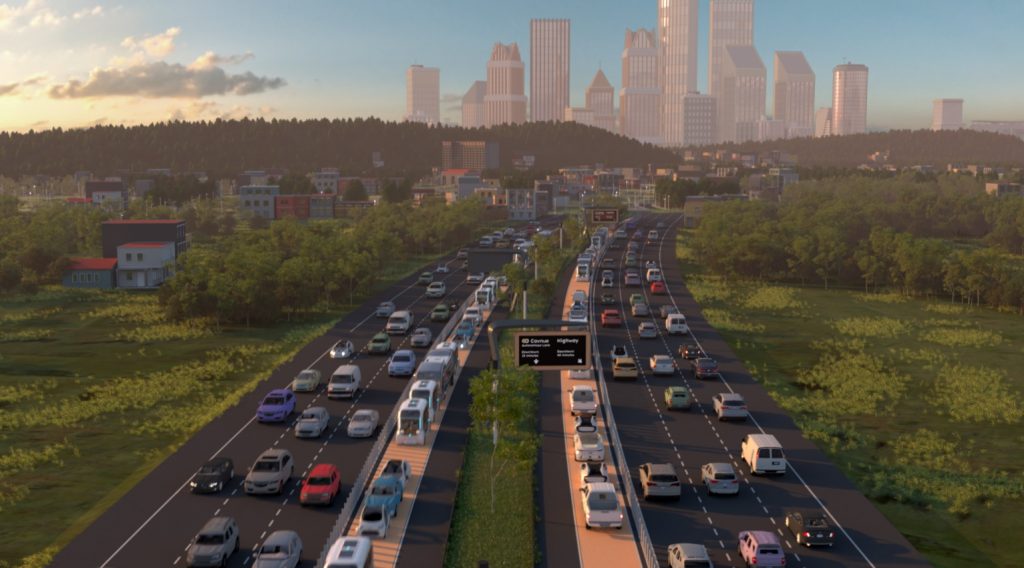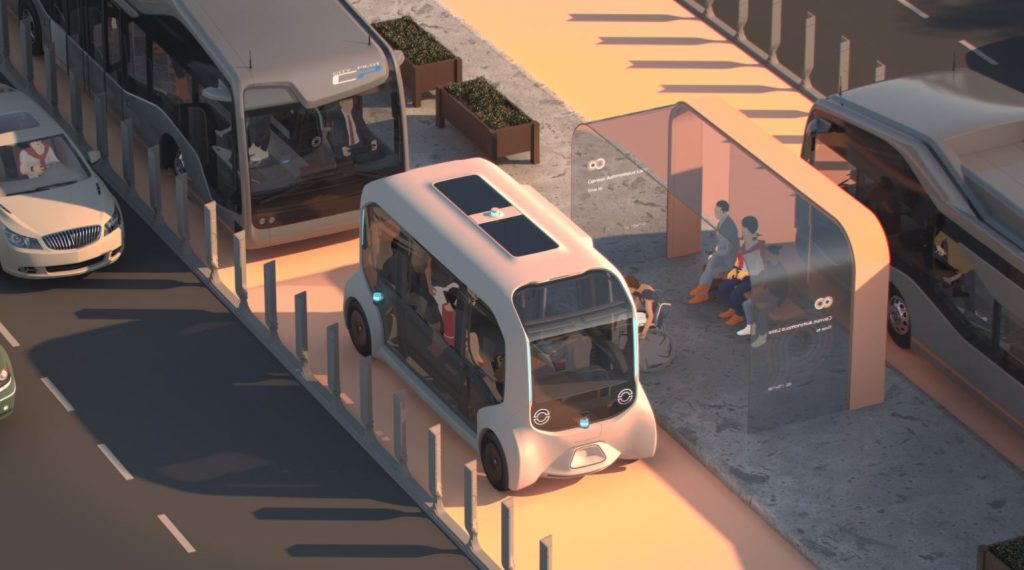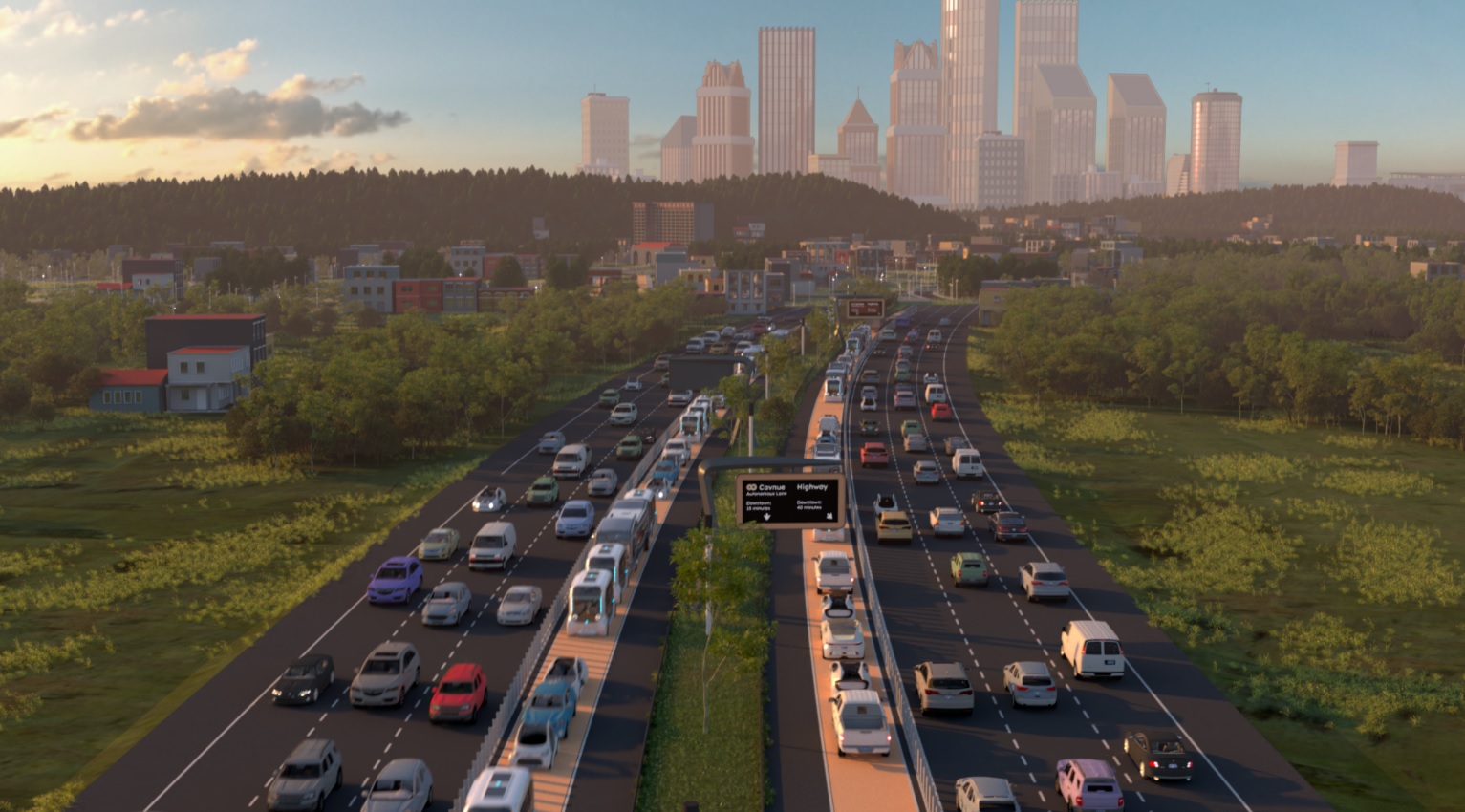
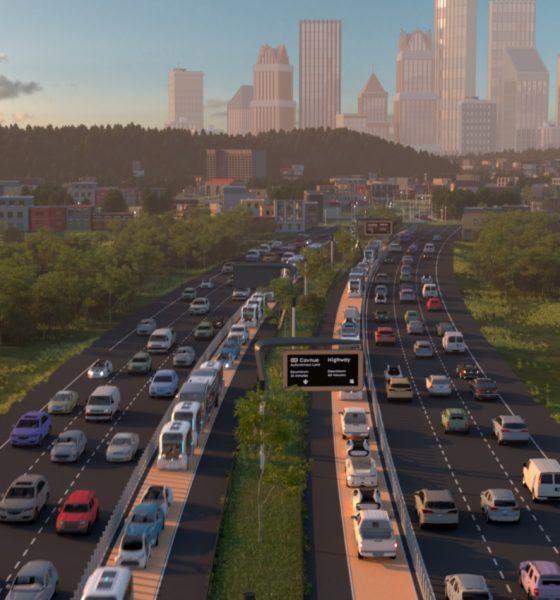
Lifestyle
Self-driving car lanes are coming: Will they help or hinder Level 5 autonomy progress?
Tesla’s long-term Robotaxi plans require Level 5 autonomous driving, i.e., no humans involved, and it certainly sounds like things are moving along quite well. CEO Elon Musk has been chatting about the Full Self-Driving progress on Twitter lately, and some recently published patent applications by the all-electric carmaker have revealed even more details about the machine learning going into an Autopilot overhaul. However, Tesla’s self-driving competitors have another approach to autonomy in mind, and it involves infrastructure restructuring in a major way.
The State of Michigan recently announced plans to create transport lanes dedicated to self-driving vehicles via a public-private partnership project. Over the next 24 months, a study will be conducted to explore the opportunity and viability of building a 40-mile corridor of this type between Downtown Detroit and Ann Arbor. The company chosen to lead the effort is Cavnue, a subsidiary of Sidewalk Infrastructure Partners which is owned by Google’s parent company, Alphabet.
Cavnue’s plans involve a digital model of a roadway that analyzes road conditions in real-time, shares information, and provides proactive guidance to autonomous vehicles and their (optional) drivers. Based on their published promo materials, this is achieved using layers of technologies like sensors, specialized road markings and signage, and signal hubs for transmitting information to vehicles. Essentially, rather than rely on a vehicle’s onboard self-driving software to analyze, predict, and respond to its environment, this connected infrastructure is supposed to provide that data instead – or supplement it heavily anyhow. It’s also supposed to enable the connected cars to talk to one another so coordinated responses like simultaneous braking, slowing, etc. are possible based on environmental factors from the larger infrastructure system.
- Cavnue’s plan for self-driving dedicated vehicle lanes. (Source: Cavnue
- Cavnue’s plan for self-driving dedicated vehicle lanes. (Source: Cavnue
As part of their role in Michigan, Cavnue will be drawing on an advisory committee with representatives from Ford, GM, Argo AI, Arrival, BMW, Honda, Toyota, TuSimple, and Waymo (also a subsidiary of Alphabet).
Both Tesla and Rivian are notably absent from the project’s advisory mentions, which isn’t surprising considering their competitor status through the Alphabet-Waymo connection. But if the lanes are going to involve both long hauler transportation and consumer vehicles, i.e., the Tesla Semi and Models S, 3, X, Y, etc., it must be assumed that the missing companies will eventually get on board with the overall connectivity imagined.
Could efforts like this affect the future of Level 5 autonomy in a negative way? Does it force companies like Tesla and Rivian into a self-driving standard dictated by, say, Waymo? Cavnue’s proposal says its standards will be “open” and “OEM-neutral” if implemented, so it could be a matter of a software install option for owners living in areas with these dedicated lanes. The ability for a competitor’s software to control their vehicles, though, might be a little too big an ask. Or would it?
Tesla is already under an atomic microscope anytime something goes wrong and Autopilot is (or isn’t) involved. What happens when Autopilot is taking a back seat to another OEM’s self-driving software that’s been adopted by a local government? Will that create a code mess to sort through for investigators? How would liability be handled? What if two updates didn’t play well together – something really common in phone and computer apps after OS updates?
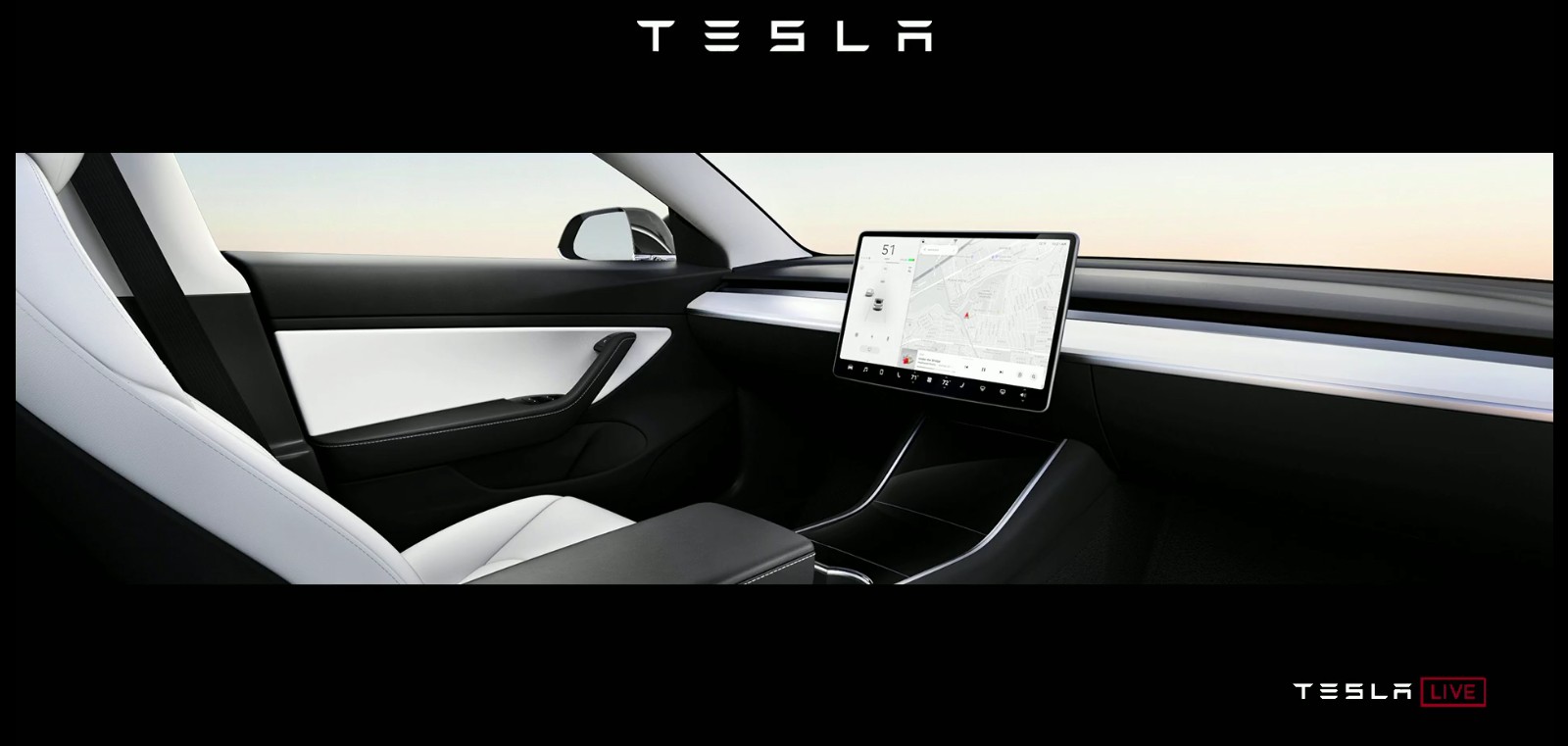
“The vision for the corridor is intended to create lanes that are purpose built to accelerate and enhance the full potential of CAVs [connected autonomous vehicles] and move people,” Michigan’s official announcement stated. Getting governments even more involved in the self-driving push is inevitable and already presents one of the biggest obstacles to its adoption. It’s clear from the Great Lakes State’s initiative that this involvement is also intended to be helpful – first by isolating the autonomous cars, then by supplementing their capabilities, and finally by controlling their movements for safety’s sake.
Of course, cars talking to one another isn’t a new or unexpected idea. Even centralizing the information that’s being shared, as proposed in Cavnue’s system, doesn’t seem to impose or hinder anything generally. A legal authority adopting a self-driving standard, though, is another matter. This concern assumes that the authority in question makes it a mandatory standard since millions, perhaps billions, would be invested into these dedicated roadways. What good would they be if the majority of autonomous vehicles that used them were, say, Teslas that don’t bother with the Waymo-developed system?
Then there’s the question of handicap. Once a system is in place to centralize all the environment information self-driving vehicles are supposed to respond to, will it make it more difficult for companies like Tesla to gain local regulatory approval to use their software? Will it disincentivize other companies from improving their software since there’s a centralized program available (or mandatory)? Level 5 autonomy is no easy feat, nor is it cheap to develop. Car maker’s invest in it expecting a return – like in the case of Tesla’s Robotaxi plan.
Cavnue paints a really safe and pretty picture for the future of self-driving vehicles: Less congestion, faster movement at closer distances, more capacity in the same space, reducing or eliminating choke points, etc. But it also seems to require a lot of cooperation from those who don’t necessarily stand to gain from that cooperation.
Whatever the answers, hopefully none will put much damper on current progress towards Level 5 autonomous driving. And if they do, perhaps The Boring Company will have a few big projects under its belt and ready to provide better answers.
You can watch Cavnue’s promotional concept video here.

Lifestyle
Tesla Model S Plaid battles China’s 1500 hp monster Nurburgring monster, with surprising results
There is just something about Tesla’s tuning and refinement that makes raw specs seem not as game-changing.
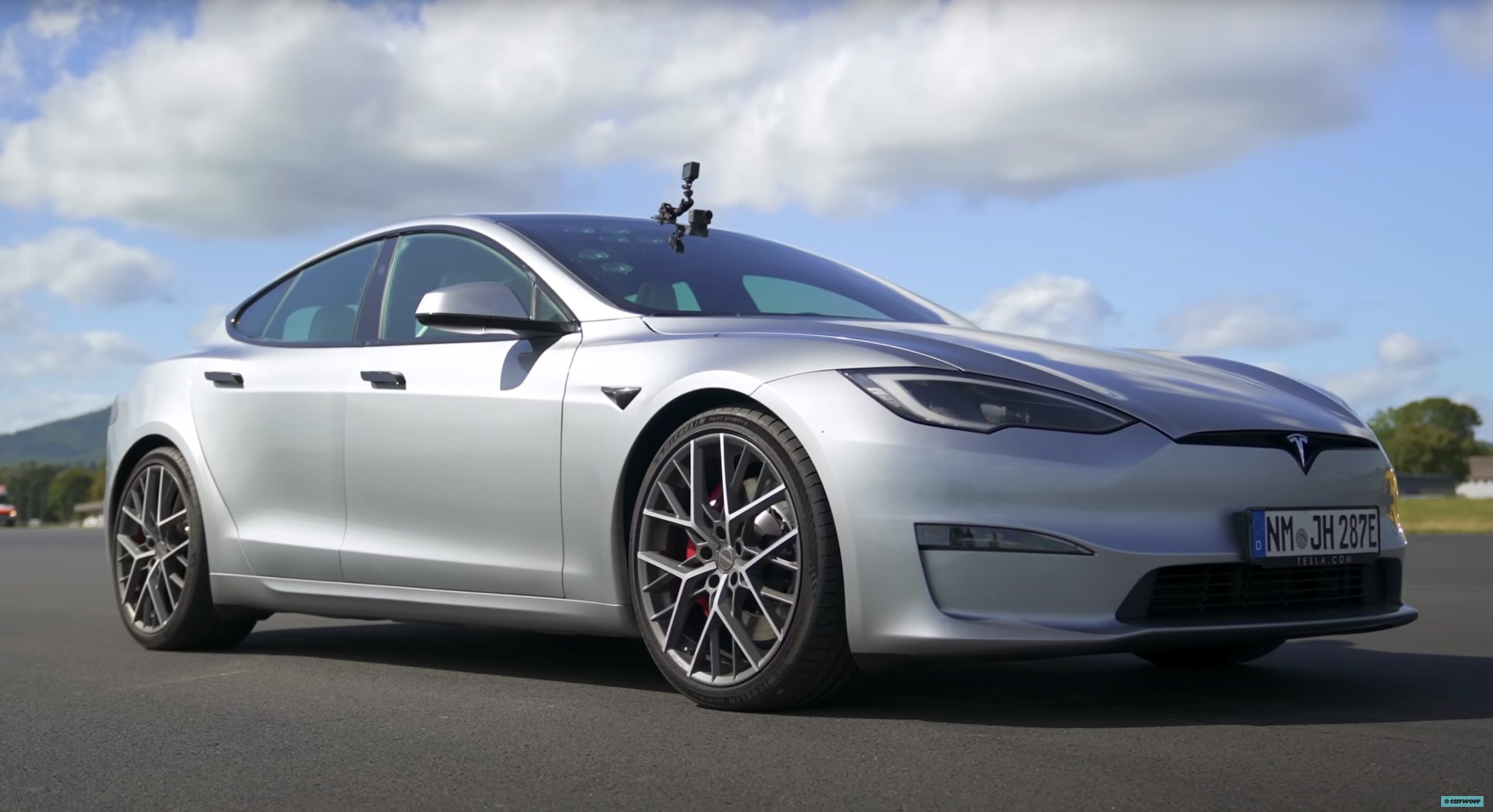
The Tesla Model S Plaid has been around for some time. Today, it is no longer the world’s quickest four-door electric sedan, nor is it the most powerful. As per a recent video from motoring YouTube channel Carwow, however, it seems like the Model S Plaid is still more than a match for some of its newer and more powerful rivals.
The monster from China
The Xiaomi SU7 Ultra is nothing short of a monster. Just like the Model S Plaid, it features three motors. It also has 1,548 hp and 1,770 Nm of torque. It’s All Wheel Drive and weighs a hefty 2,360 kg. The vehicle, which costs just about the equivalent of £55,000, has been recorded setting an insane 7:04.957 at the Nurburgring, surpassing the previous record held by the Porsche Taycan Turbo GT.
For all intents and purposes, the Model S Plaid looked outgunned in Carwow’s test. The Model S Plaid is no slouch with its three motors that produce 1,020 hp and 1,420 Nm of torque. It’s also a bit lighter at 2,190 kg despite its larger size. However, as the Carwow host pointed out, the Model S Plaid holds a 7:25.231 record in the Nurburgring. Compared to the Xiaomi SU7 Ultra’s record, the Model S Plaid’s lap time is notably slower.
Real-world tests
As could be seen in Carwow’s drag races, however, Tesla’s tech wizardry with the Model S Plaid is still hard to beat. The two vehicles competed in nine races, and the older Model S Plaid actually beat its newer, more powerful counterpart from China several times. At one point in the race, the Xiaomi SU7 Ultra hit its power limit due to its battery’s temperature, but the Model S Plaid was still going strong.
The Model S Plaid was first teased five years ago, in September 2020 during Tesla’s Battery Day. Since then, cars like the Lucid Air Sapphire and the Xiaomi SU7 Ultra have been released, surpassing its specs. But just like the Model Y ended up being the better all-rounder compared to the BYD Sealion 7 and the MG IM6, there is just something about Tesla’s tuning and refinement that makes raw specs seem not as game-changing.
Check out Carwow’s Model S Plaid vs Xiaomi SU7 drag race video below.
Lifestyle
500-mile test proves why Tesla Model Y still humiliates rivals in Europe
On paper, the BYD Sealion 7 and MG IM6 promised standout capabilities against the Model Y.
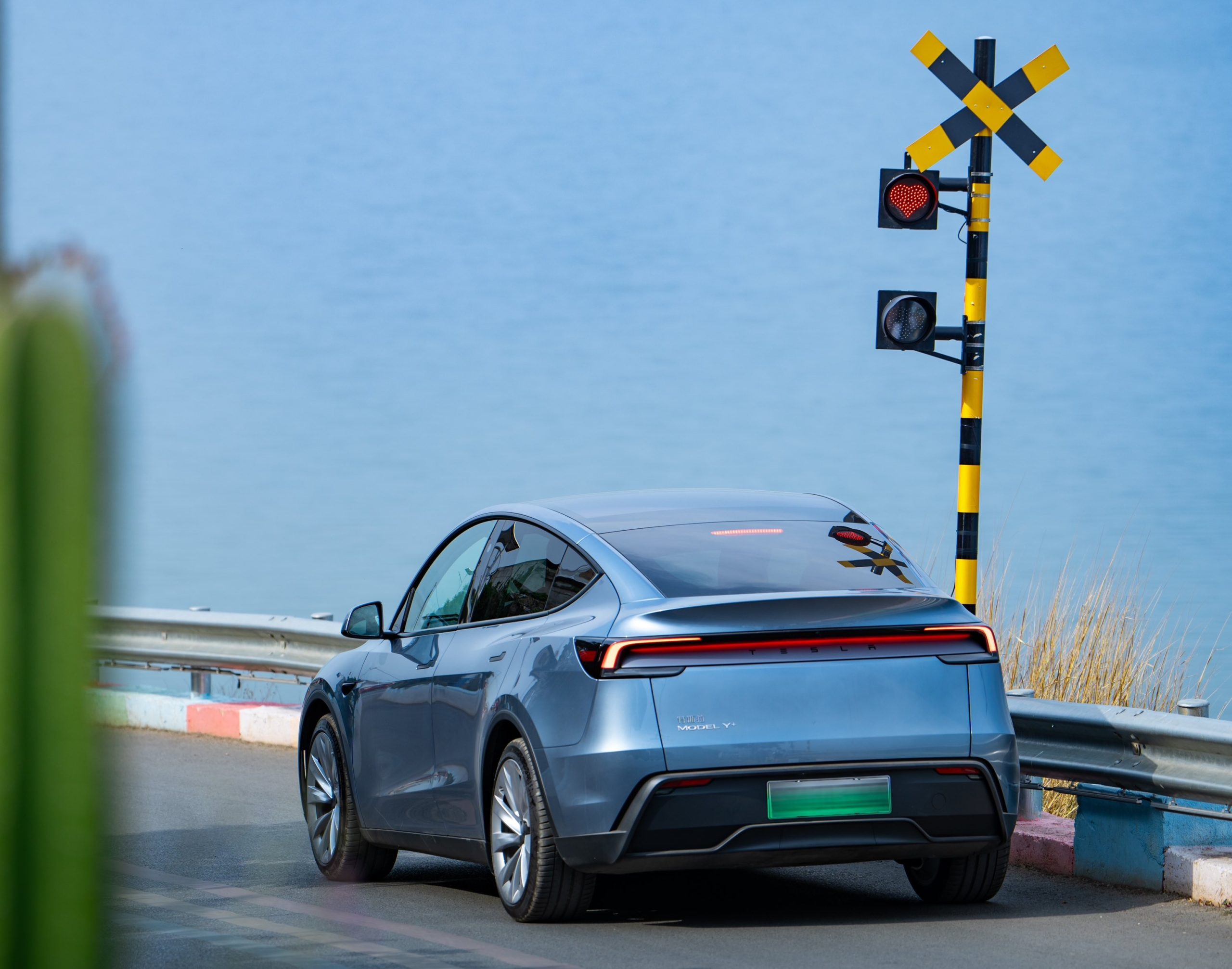
BYD is seeing a lot of momentum in Europe, so much so that mainstream media has taken every opportunity to argue that the Chinese automaker has beaten Tesla in the region. But while BYD sales this year in Europe are rising and Tesla’s registrations remain challenged, the raw capabilities of vehicles like the Model Y are difficult to deny.
This was highlighted in a 500-mile challenge by What Car? magazine, which showed that the new Tesla Model Y is more efficient, cheaper to run, and more reliable than rivals like the BYD Sealion 7, and even the nearly 400 KW-charging MG IM6.
Range and charging promises
On paper, the BYD Sealion 7 and MG IM6 promised standout capabilities against the Model Y. The Sealion 7 had more estimated range and the IM6 promised significantly faster charging. When faced with real-world conditions, however, it was still the Model Y that proved superior.
During the 500-mile test, the BYD nearly failed to reach a charging stop, arriving with less range than its display projected, as noted in a CarUp report. MG fared better, but its charging speeds never reached its promised nearly-400 kW charging speed. Tesla’s Model Y, by comparison, managed energy calculations precisely and arrived at each stop without issue.
Tesla leads in areas that matter
Charging times from 25% to 80% showed that the MG was the fastest at 17 minutes, while Tesla and BYD were close at 28 and 29 minutes, respectively. Overall efficiency and cost told a different story, however. The Model Y consumed 19.4 kWh per 100 km, compared to 22.2 for MG and 23.9 for BYD. Over the full trip, Tesla’s charging costs totaled just £82 thanks to its supercharger network, far below BYD’s £130 and MG’s £119.
What Car? Magazine’s testers concluded that despite BYD’s rapid sales growth and the MG IM6’s seriously impressive charging speeds, Tesla remains the more compelling real-world choice. The Model Y just offers stability, efficiency, and a proven charging infrastructure through its Supercharging network. And as per the magazine’s hosts, the Model Y is even the cheapest car to own among the three that were tested.
Watch What Car? Magazine’s 500-mile test in the video below.
Lifestyle
Tesla Cybertruck slapped with world’s least intimidating ticket, and it’s pure cringe
One cannot help but cringe and feel second-hand embarrassment at the idea of a person just driving around with a stack of these babies.
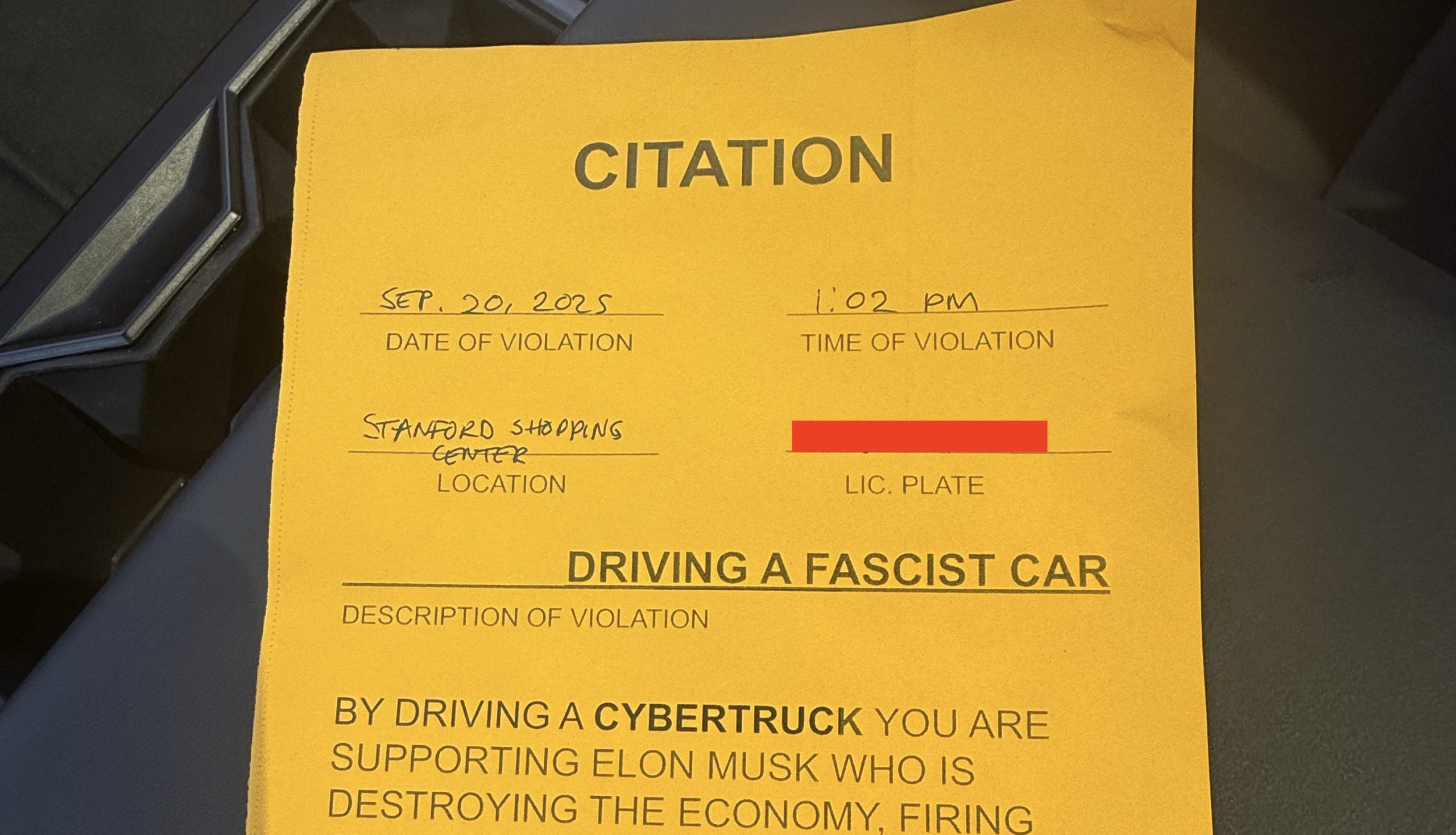
A Cybertruck parked at Stanford Shopping Center in California was recently hit with what might be the most try-hard piece of paper ever slipped under a wiper blade: a “fake citation” accusing the driver of supporting a “fascist car.”
The note, shared on X by Tesla staff program manager Ryan Torres, quickly made the rounds on X, where it quickly gained attention as an example of how not to protest.
The world’s least intimidating ticket
According to the citation, the supposed “violation” was “driving a fascist car.” The remedial action? Take the bus, call an Uber, or ride a bike. The note also dubbed Elon Musk a “chainsaw-wielding Nazi billionaire.” Now, protests against Tesla and Elon Musk have become commonplace this year, but one cannot help but cringe and feel second-hand embarrassment at the idea of a person just driving around with a stack of fake anti-Tesla/Musk citations.
Torres pointed out the irony himself in his post on X. Tesla currently employs over 140,000 Americans, and SpaceX has put the U.S. firmly back at the top of space technology. As Torres put it, maybe the person behind the world’s least intimidating ticket should “read a book on innovation before vandalizing” other people’s property.
Peak performative clownery
Not to mention that the fake ticket’s logic collapses under its own weight. EVs like the Cybertruck are literally designed to reduce emissions, not “destroy the economy.” If anything, Tesla has bolstered the United States’ economy by fueling jobs in engineering, manufacturing, and clean energy. It’s not the first time a Tesla has been the target of vandalism or politically charged notes, but this one stands out for sheer cringe value.
Torres summed it up neatly: “Peak clownery.” On that point, at least, the citation earns full marks. In a way, though, perhaps cringe fake tickets are not as bad as the literal firebombs that were being thrown at Tesla stores and cars earlier this year because some critics were gleefully misinformed about Elon Musk.
